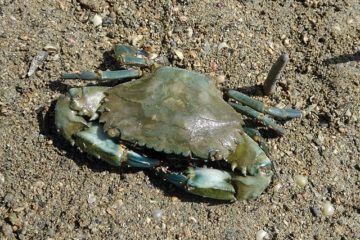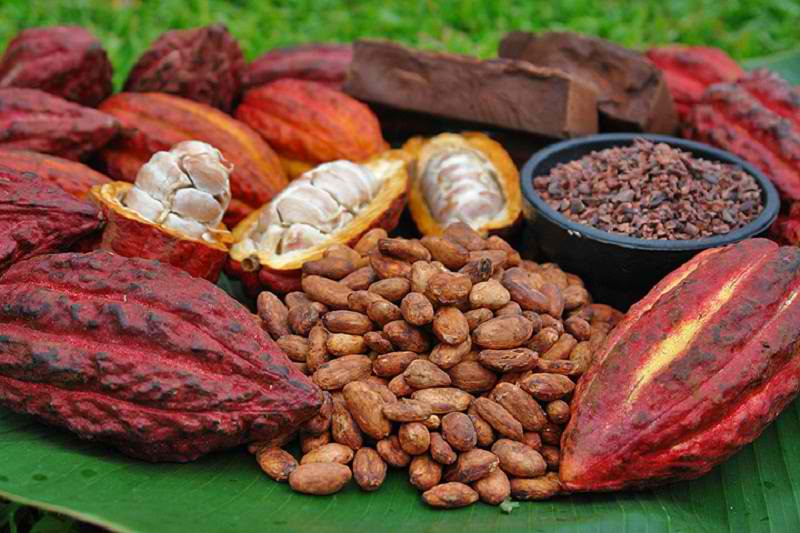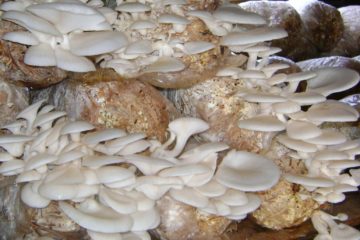ANALYSIS OF AMPALAYA PICKLES USING THREE TYPES OF VINEGAR
Marilyn M. Sayco
Abstract
This study was conducted to determine which among the three treatments are highly acceptable in terms of color, flavor, texture and general acceptability and which among the three treatments has longer shelf life. There were forty evaluators from Bulacan Agricultural State College, which include high school, college, faculty/non teaching staff. To determine the significantly difference among the three treatments, Analysis of Variance were computed. Microbial analysis was done to determine the microorganism present in the product including the microbial count if the sample conforms to the microbial standard for food quality. Titratable acidity and pH was determined to know the percent acid and pH value in the product. For microbial count of yeast and mold, treatment C had the highest count but still safe for human consumption because result was less than the average rate. As the result of sensory evaluation, treatment A was the most acceptable. Based from the result of high school evaluators the product was generally described as “like slightly”, while college and faculty/non teaching staff generally described it as “like moderately”. In terms of cost analysis, treatment B got the highest cost due to higher cost of vinegar used. The researcher concluded that there was no significantly different in terms of color, flavor, texture and general acceptability. Therefore, the use of different types of vinegar has no effect on the attributes of the product. Further study in the microbial analysis and physic and chemical analysis should be conducted to determine its nutritive value of pickled Ampalaya.


